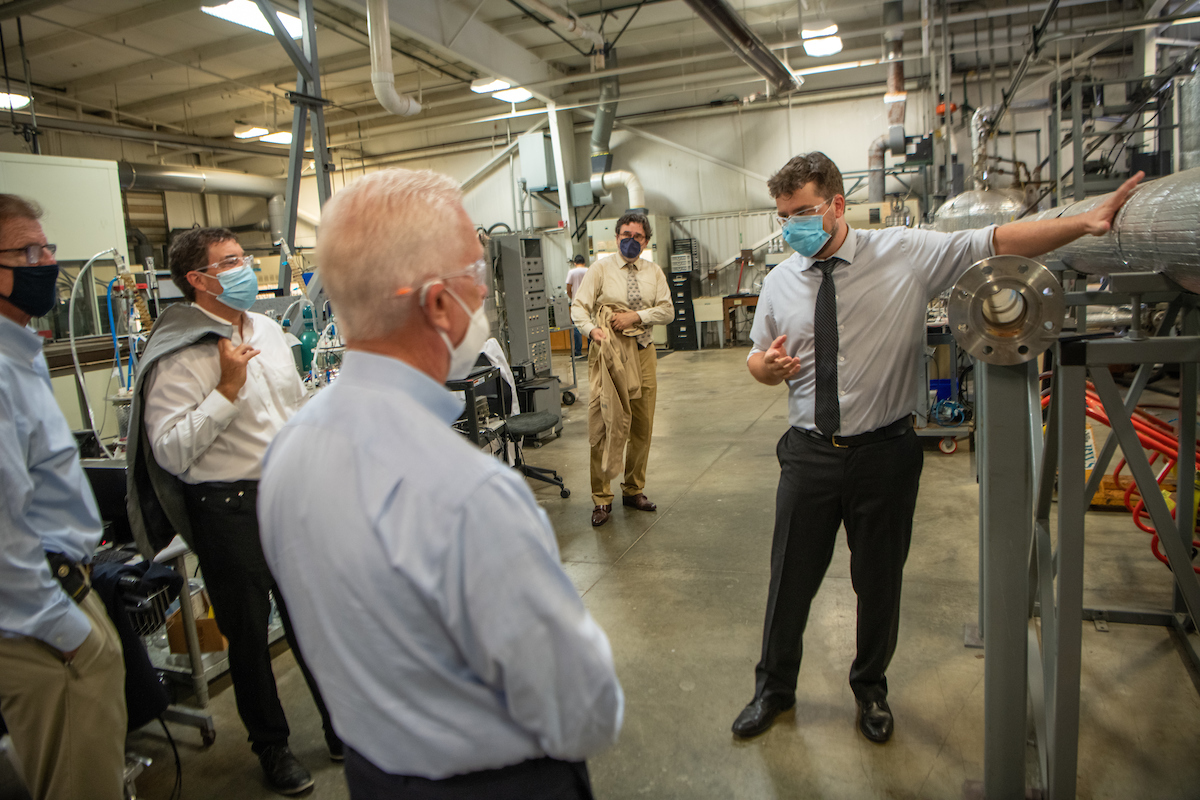
Associate Professor Marc Singer (Right) discussses his work with visiting congressmen Balderson (Left) and Johnson (Center) at the Institute for Corrosion and Multiphase Technology.
Ohio Congressmen Troy Balderson and Bill Johnson visited Ohio University’s Athens campus today to tour facilities and learn more about OHIO’s myriad contributions to Appalachian Ohio and the state through research, innovation, engagement, and experiential learning.
OHIO, which was designated a national public R1 research university in 2022, provides more than 28,000 students with opportunities to access a high-quality education not just in the classroom but also through hands-on service to the community. During their visit, Balderson and Johnson learned more about OHIO’s world class research programs, discussed how OHIO is adapting its curriculum in order to meet the career needs of students on the regional campuses, and gained insight into how OHIO Is a leader in a health education and outreach.
“Ohio University is deeply committed to the success of our students and the communities we serve,” Ohio University President Hugh Sherman said. “I am grateful to Congressman Balderson and Congressman Johnson for taking time to discuss the University’s many contributions, through its statewide footprint, to help uplift the region and state.”
During their visit, the two Congressmen toured the Institute for Sustainable Energy and the Environment (ISEE), the Institute for Corrosion and Multiphase Technology (ICMT), the Edison Biotechnology Institute (EBI), and spoke with faculty leaders in each of the labs, as well as from the Health Collaborative.
While visiting the ISEE, Balderson and Johnson heard from Jason Trembly, professor of mechanical engineering and director of the ISEE, about the institute’s national leadership in developing transformational techniques to convert coal, coal waste, and carbon ore into high-performance, safe, carbon sequestered products for building and energy applications. According to Trembly, these materials transform pre-incineration coal waste — long thought to be a worthless, noxious liability that is littered across Appalachia from a century of mining — into useful products that our country needs to grow, all while creating manufacturing jobs in impoverished, former coal communities.
Trembly also attributes part of the ISEE’s success to the partnerships established across the Appalachian Region including those with CONSOL Energy (Canonsburg, Pa.), Engineered Profiles (Columbus, Ohio), CFOAM (Triadelphia, W.Va), Koppers (Pittsburgh, Pa.), Omnis Energy (Greene Co., Pa.), AmeriCarbon (Morgantown, W.Va), and General Motors (Detroit, Mich.).
Next, the Congressmen visited the ICMT to speak with Russ College professor and director of the institute, Srdjan Nesic, about the institute’s innovative research that is helping to slow down corrosion, creating job opportunities for the region, and expanding experiential learning opportunities to students from undergraduate to doctoral level.
The ICMT has been advancing research in corrosion for 30 years. A largescale operation, the institute is a training ground for undergraduate and graduate students. The size of a football field, the ICMT is one of the largest research facilities of its kind in the world and partners with some of the world’s leading oil and gas, chemical, and engineering companies such as Exon Mobile and Shell, to predict and resolve their corrosion problems to help keep oil and gas production and transportation efficient, reliable, and safe.
“For our students, it is an incredible opportunity to get to work and learn firsthand in a large, world-class research facility such as this,” Nesic explained. “We have one of the biggest operations in the world for corrosion research and partnerships with industry giants that students have the ability to connect with and present to. It is a lot of practical and experiential work that helps prepare them for jobs in the industry all over the world.”
One of the biggest innovations to come out of the ICMT is a software package, MULTICORP, that provides new capabilities and enhancements to allow researchers and scientists to significantly expand the scope of internal pipeline corrosion analyses and help them find better solutions.
Also during their visit, the Congressmen visited the EBI to learn from Dr. John Kopchick, Goll-Ohio Eminent Scholar and professor of molecular biology and principal investigator at EBI, about how the institute implements research for the discovery of novel human therapeutics, therapeutic targets, and diagnostics, as well as the importance of protection of the intellectual property that result in patents. He explained how the EBI discovered a growth hormone receptor antagonist which is now an FDA approved drug called Somavert that has been marketed worldwide for patients with a rare growth hormone condition called acromegaly and has yielded more than $110 million in royalties to Ohio University that is used to advance the discovery process and help train undergraduate, graduate, and medical students.
“Having our guests see first-hand the excitement, commitment, and dedication of the students and research scientists to their particular projects allows them better understand and appreciate the enthusiasm, passion, and devotion that permeates EBI and its mission,” Kopchick said. “Reading about an institute/program is one thing; seeing it in action is very distinctive and special.”
Kopchick alone has mentored over 300 undergraduate and 35 graduate students, 42 post-doctoral fellows, and many international visiting scientists/clinicians on the basics of molecular and cellular biology and the precise protocol used in experiments.
Following their time at OHIO and in the EBI, many graduates remain in the Athens, Southern Ohio, or state of Ohio to practice medicine and further their research, while others go on to continue their education or take their knowledge from OHIO across the world. According to Kopchick, regardless of where graduates end up, they remain the best ambassadors, spreading the word of the research enterprises and advancements being made at OHIO and in the EBI all over the globe.
The Congressmen also heard from leaders at OHIO’s Heritage College of Osteopathic Medicine, College of Health Sciences and Professions, and the Voinovich School of Leadership and Public Service about their efforts to make health care more easily accessible throughout the region.
As a top producer of health professionals in the state, OHIO — which has been named among the top 10 largest Schools of Nursing in the country and Ohio’s top provider of primary care physicians — serves its community and the surrounding region through outreach programs like Mobile Health Clinics and the Diabetes Institute where patient education and care delivery programs help improve treatment for those in Appalachia with diabetes.
OHIO is also a founding member of the Ohio Alliance for Innovation in Population Health, which brought together multiple universities and agencies to tackle some of the state’s largest population health challenges including health care access, low birth weight, infant mortality, addiction issues and more. In addition to tackling addiction through Ohio Alliance, the Voinovich School has also partnered with county Alcohol, Drug Addiction and Mental Health boards, prevention providers, among many others, to coordinate a new statewide center of excellence to help expand prevention resources, training and support.
“As educators, we believe we have a role to play in building and supporting community leaders and strengthening local economies, especially in underserved and rural parts of the state,” Sherman added. “I hope the conversations and experiences that were had today shed light on the need to continue to advance education, research, and service.”
For more information on Ohio University and its contributions to the region and experiential learning, visit https://www.ohio.edu/forward.











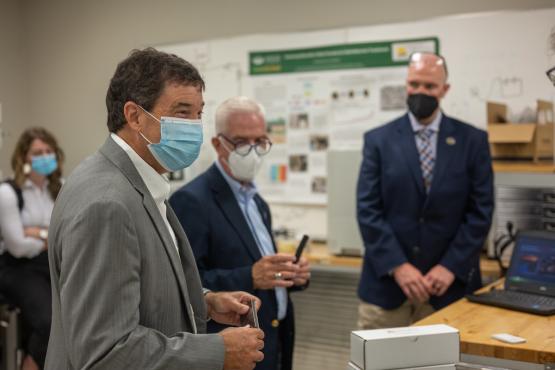
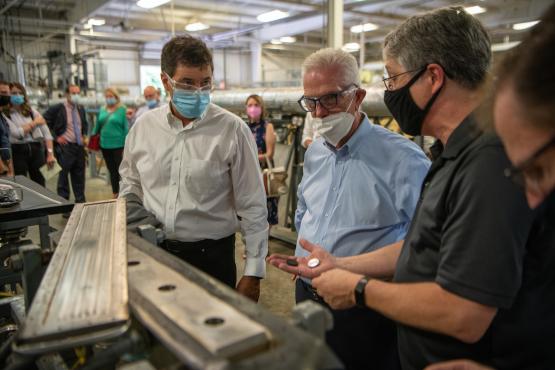
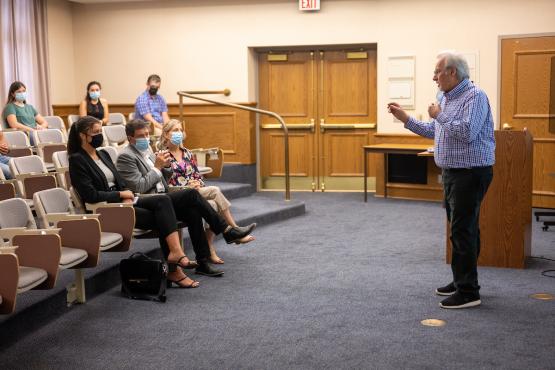
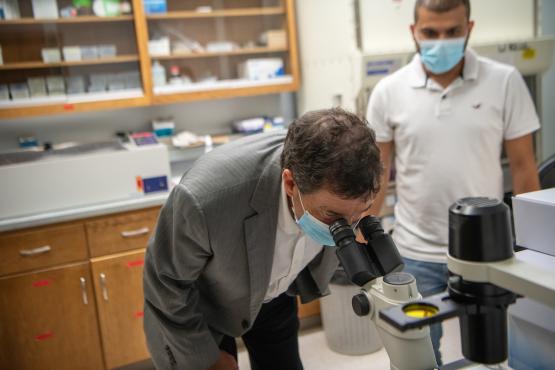
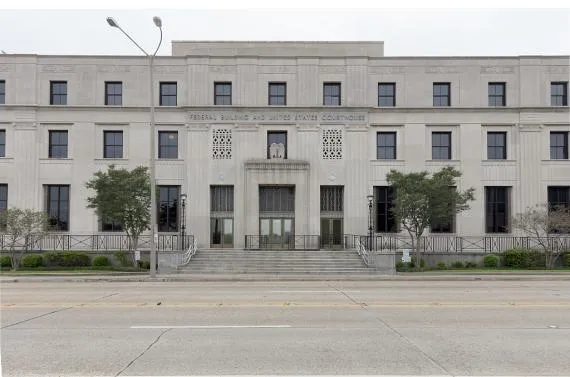





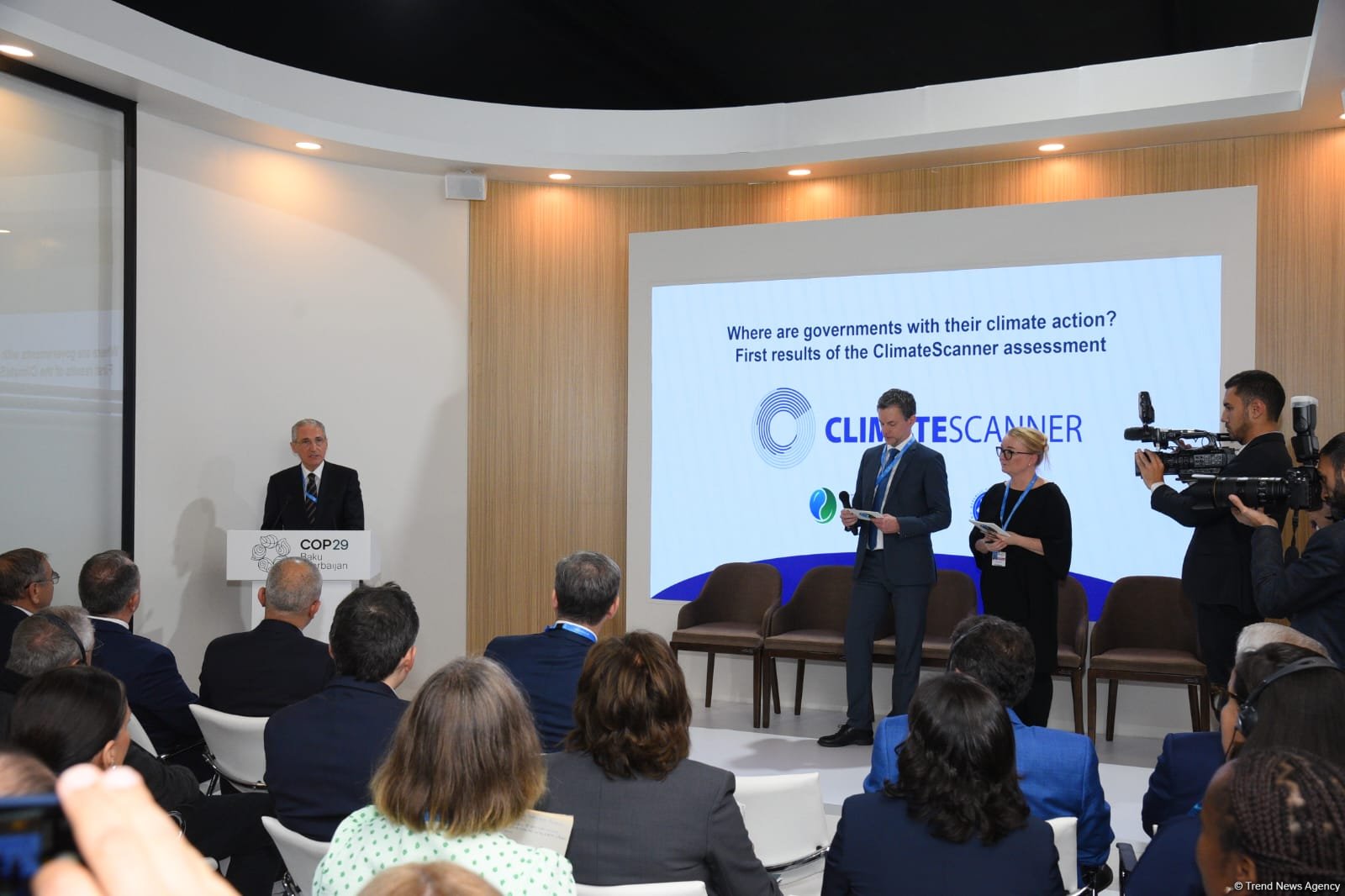



Discussion about this post